COLUMN
Oct. 26 2018
The Fish of Hokkaido: Learn, See, and Taste Salmon!
・
Are you a fan of salmon? Among the different kinds of seafood that Hokkaido is famous for, salmon has a long history with the people and it’s a place where the salmon call home! Every year during the fall, hundreds of wild salmon migrate up the Chitose River to lay eggs, and a majority of salmon in Hokkaido is wild salmon born from natural reproduction. Long before Japanese pioneers came to Hokkaido, the Ainu have always relied for their everyday life, with a salmon festival every year as well. Of course, Hokkaido is also famous for salmon dishes, such as salmon sashimi, or Ishikari nabe. One might even say that Hokkaido is a salmon theme park! This time on the Trippino blog, we learn more salmon at the Chitose Salmon Aquarium and try out different kinds of salmon dishes at Hachikyo in Sapporo.
While Hokkaido now is full of wild salmon, that swim throughout the island, it wasn’t always so. In the 1950s, due to poor water quality of construction, major rivers like the Toyohira River, which runs through Sapporo, was seeing a sharp decline of wild salmon. However, in the 1970s, initiatives to restoring water quality and releasing hatchery juveniles saw the recovery of salmon numbers. Nowadays, there is an effort to reduce hatchery juveniles as the wild salmon proportion increases to its former numbers. Even in the urban center of Sapporo, you can see salmon migrating from the Sea of Japan up the rivers back to their homes! From early October to late November, you can spot salmon passing through town at the Kotoni-Hassamu River, the Toyohira River, and the Hoshioki River. There is also a Salmon Museum in Sapporo, located at Makomanai, which was built to commemorate the return of salmon to Sapporo. The museum is free and you can see different kinds of salmon as well as see them spawn in their observation pond.
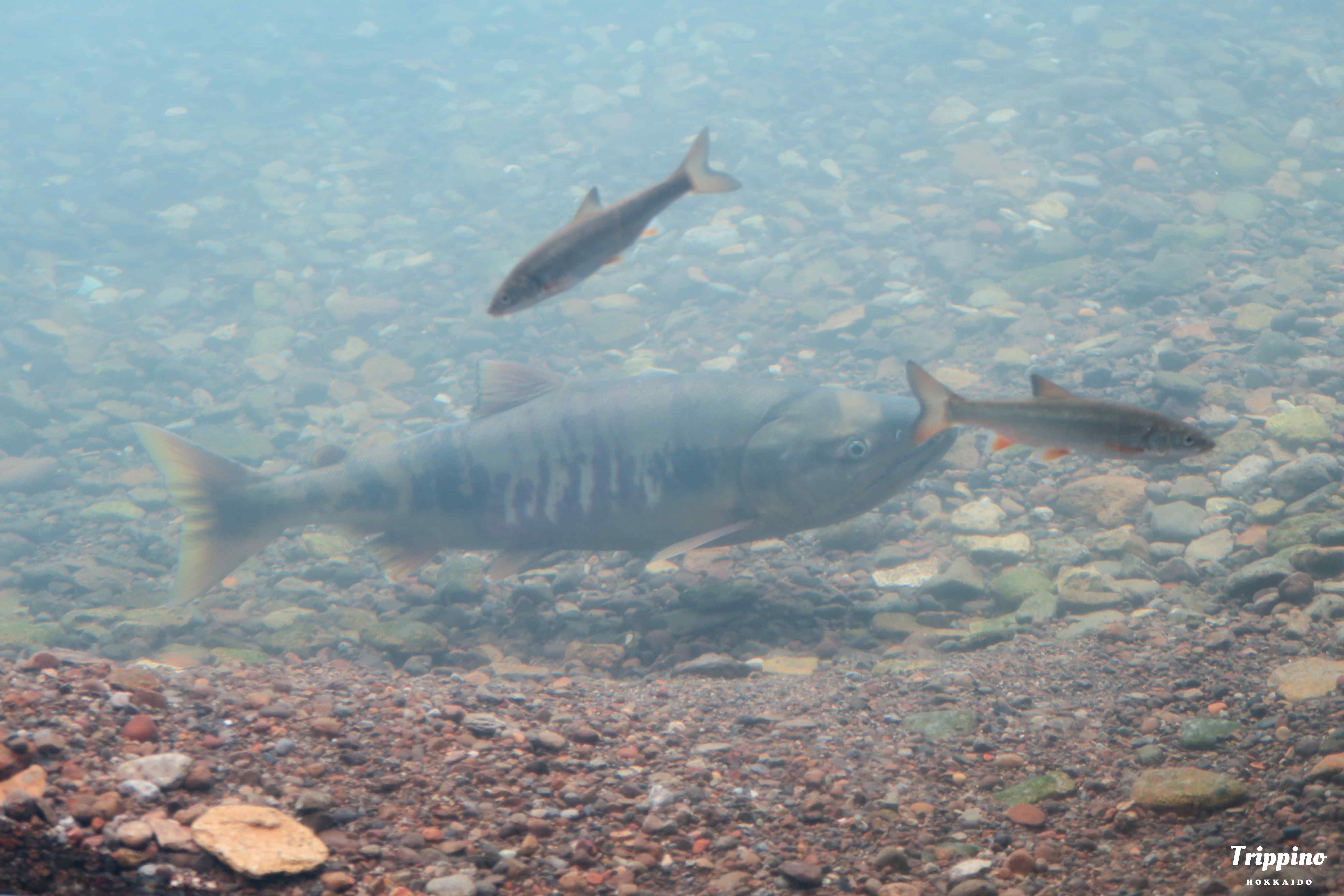
On a mission to learn more about salmon, I took a trip to Chitose city, where the Chitose Salmon Aquarium is located, dubbed the “Hometown of the Salmon”. Just two stations from the airport or a 30 minute ride from Sapporo, the aquarium known as one of the largest freshwater aquariums in Japan is very accessible even if you don’t have a car. As for me, I took the airport express from Sapporo station to Chitose station. Just make sure to get the platform a little early so you can secure a seat before people heading to the airport arrive. From the station it’s a 15 minute walk to the aquarium, which personally was one of the highlights of my trip. Exiting from the South exit and leaving from the West side of the station, head South for about 5 minutes and you’ll arrive at the Chitose River. The Chitose river starts from Lake Shikotsu, flows through Chitose, and joins the Ishikari River, one of the largest rivers in Hokkaido that flows into the Ishikari bay just north of Sapporo. Heading East along the river was a very peaceful way to enjoy the nature in town, with dedicated paths with underpasses so you don’t have to cross the road. If you’re on bike, you can even head the opposite direction to arrive at Lake Shikotsu. Anyhow, the water is very clean and beautiful, with patches of grass lining the riverside. Some people were even having a hand at fishing! Upon arrival, you’ll spot the Indian fishing wheel, which uses the current to spin baskets to catch fish.
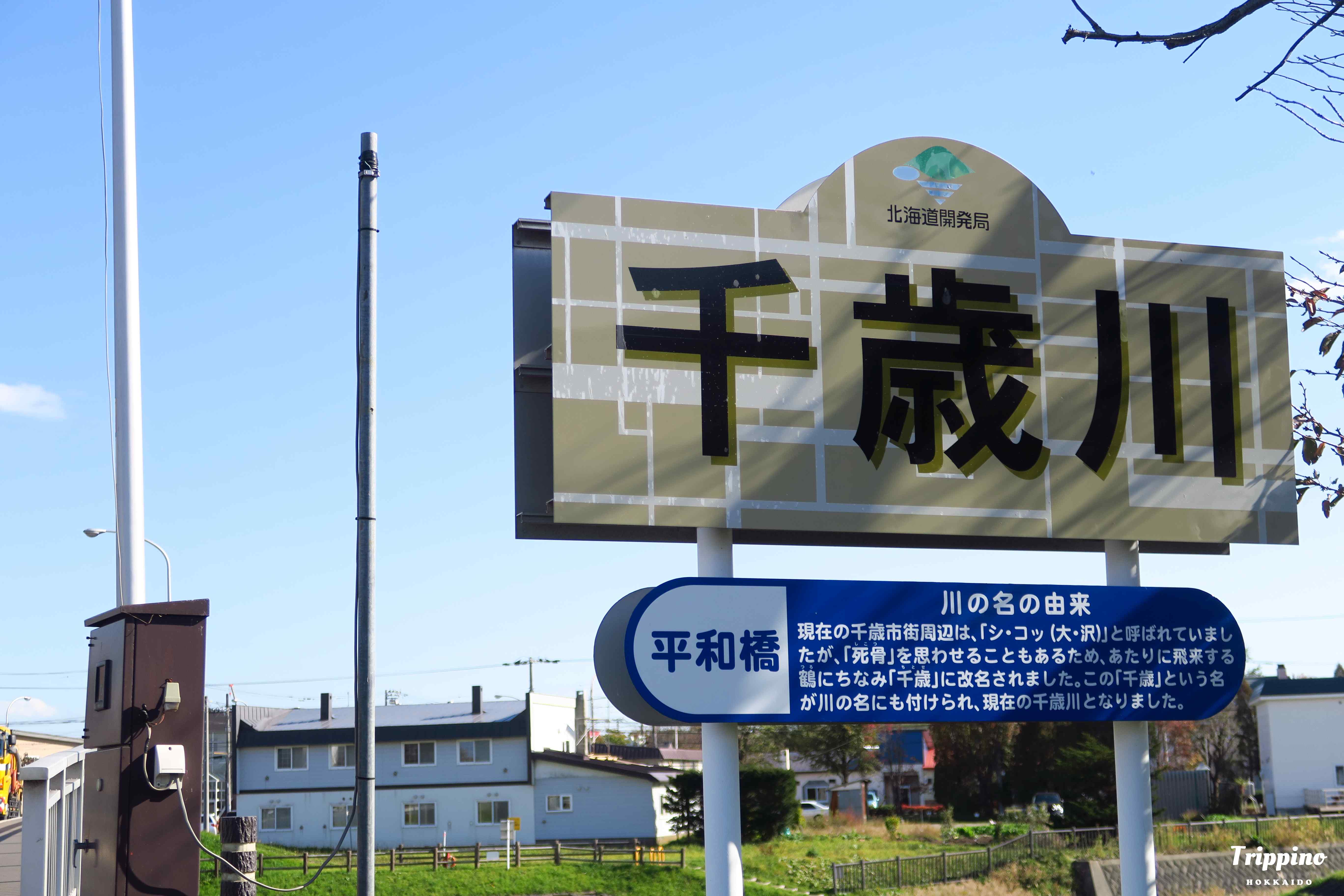
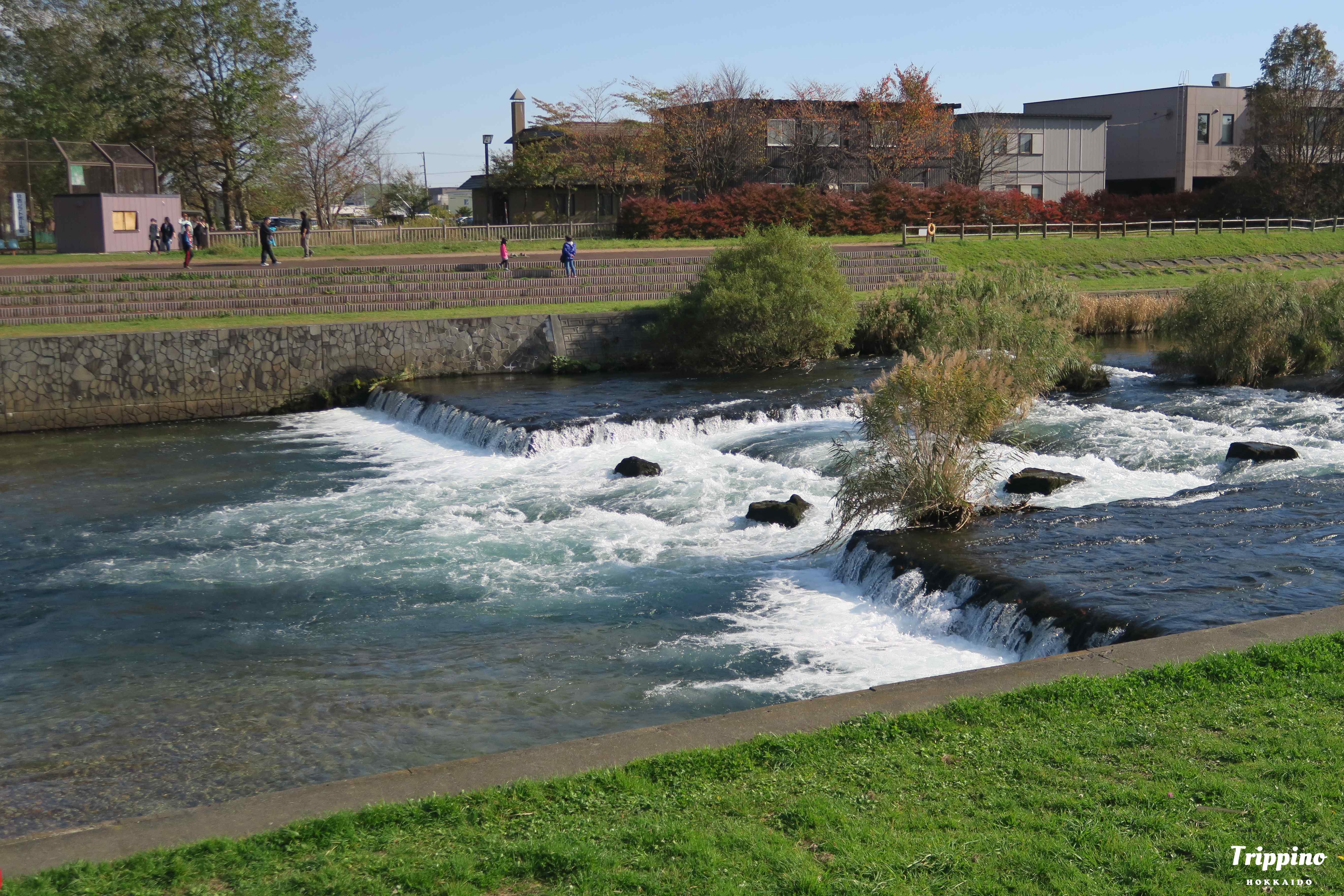
Before heading into the aquarium itself, I decided to walk around the area, which on a weekend was full of people. Aside from the aquarium, there’s also the Salmon Park, which is composed of a roadside stop, or Michi no Eki, an event space, and a park perfect for enjoying the autumn foliage. Inside the Salmon Park were restaurants, a local farmers market, and little booths with local crafts on sale, some even made with traditional Ainu motifs. Being October, there were plenty of Halloween directions set up, you could even buy mini pumpkins for decoration! For those touring Hokkaido on car, Michi no Eki are a common sight that make perfect areas to gather information on local spots as well as sample local produce, but are often located next to major highways away from city centrals. Salmon Park on the other hand, is only 1km away from Chitose station, so even those utilizing public transportation can easily visit. Curiously, outside there was a small stall set up with a long line and an absolutely delectable aroma. Upon further inspection, it was yakitori, or grilled chicken. The chicken smelled amazing, but I decided to check out other areas in hope that the line would die down. Behind the aquarium is a little rest area which had a little pond with salmon in it and some autumn trees. There is also a bridge over the river where people gathered to see the water wheel in action. Due to the glare it’s sort of hard to see, but if you look closely, you can see a bunch of salmon in the river as well! The color of the salmon and riverbed blend in quite well, that’s camouflage for you.
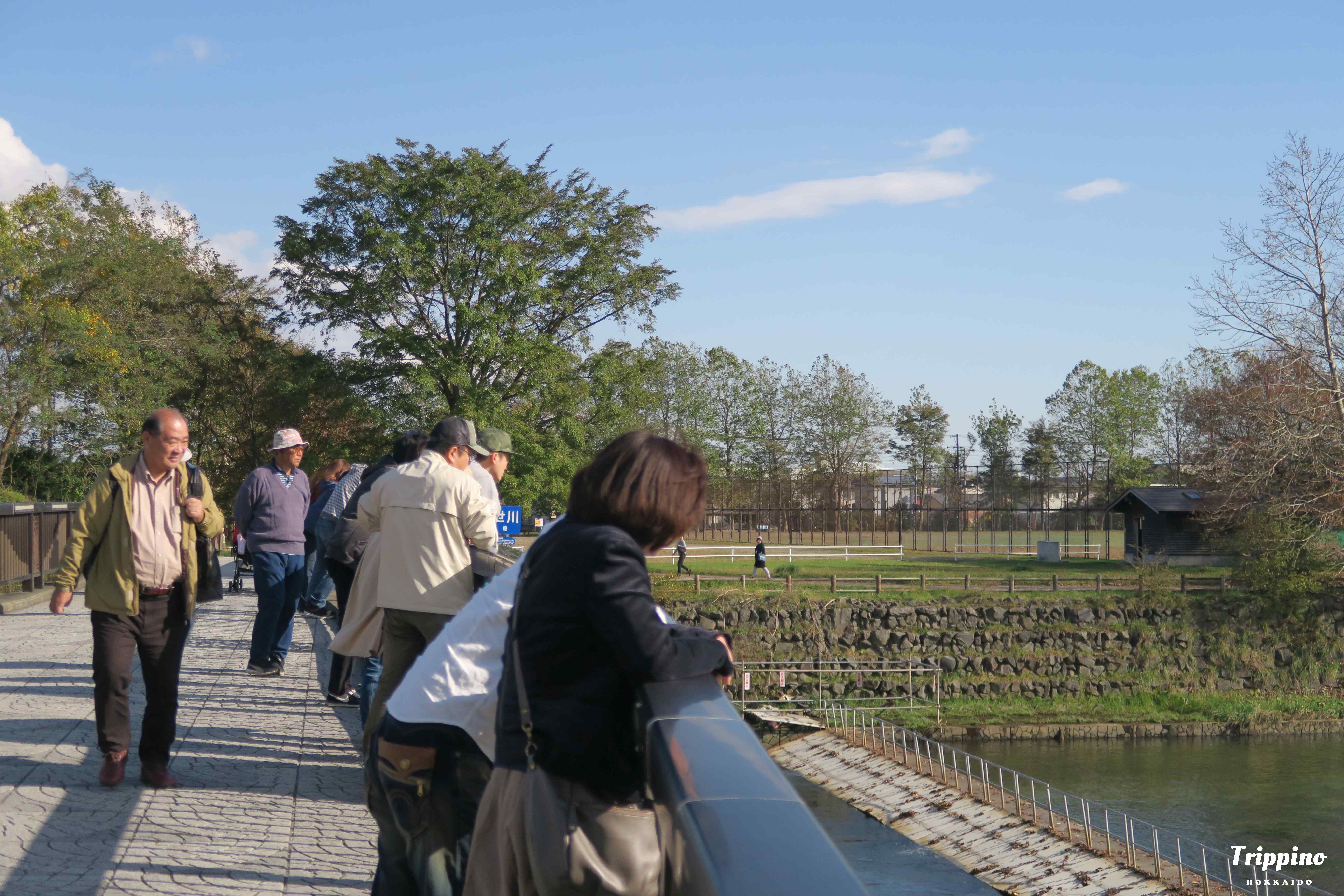
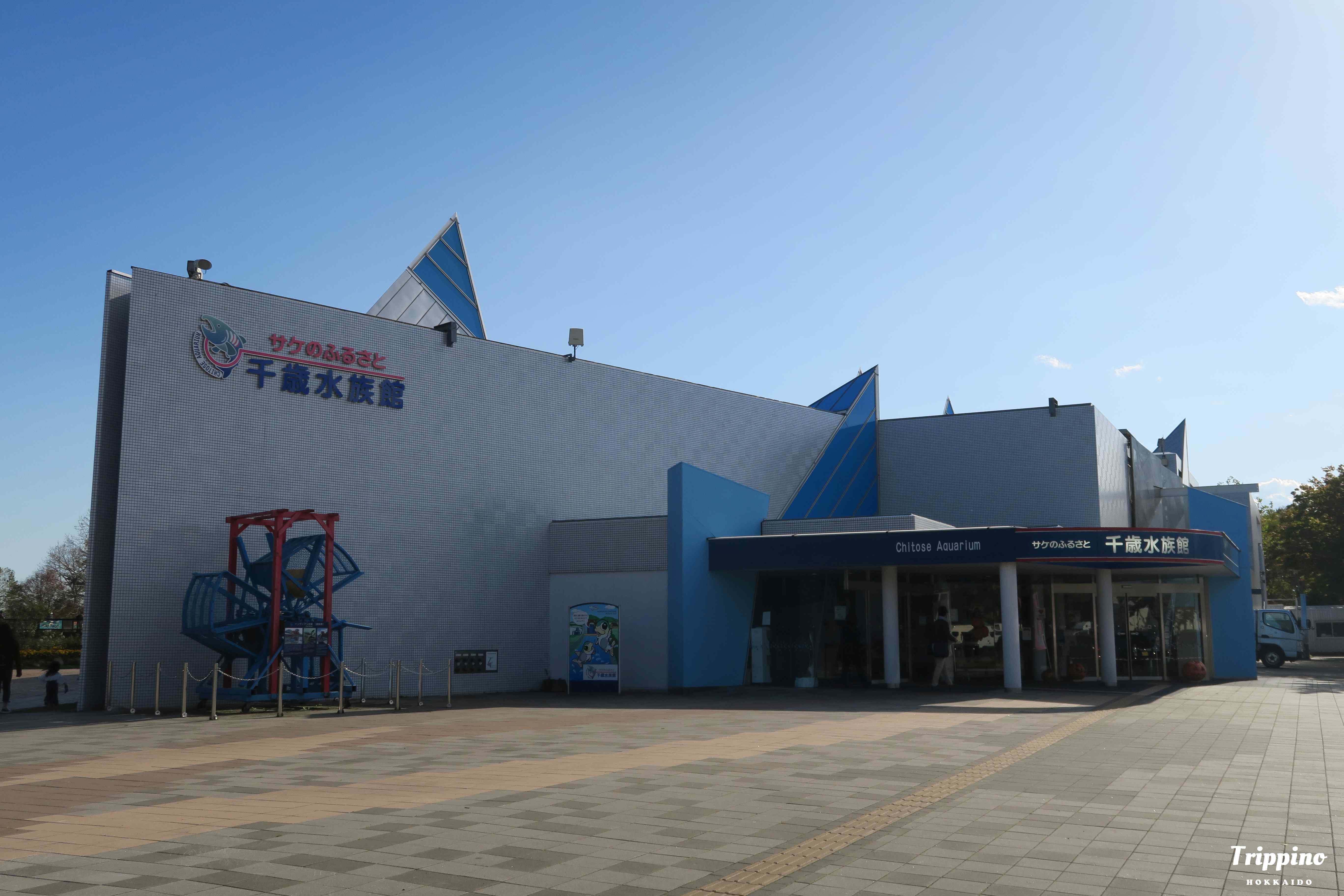
Enough with the dilly dallying, it was time to head into the aquarium and learn more about salmon! The ticket for adults is 800 yen per ticket, which is not bad, though you can save 200 yen if you buy your ticket in advanced online, though the website didn’t seem to work for me, so I had to resort to buying on the spot. Nevertheless, children pay less and for the amount of things to see, I think it’s well worth it. The aquarium is very kid-friendly with many easy to understand content and low viewing areas, and there’s even an experience section where you can touch the fish and feed them as well. There’s plenty of information for adults as well, and I learned a lot more about salmon than I expected! While the description of most the displays are in Japanese, the aquarium offers free wifi where you can download a special app that gives you translations in different languages by simply pointing you phone cameras at the displays. There are also lockers and an area for strollers at the entrance, making the facility friendly for all.
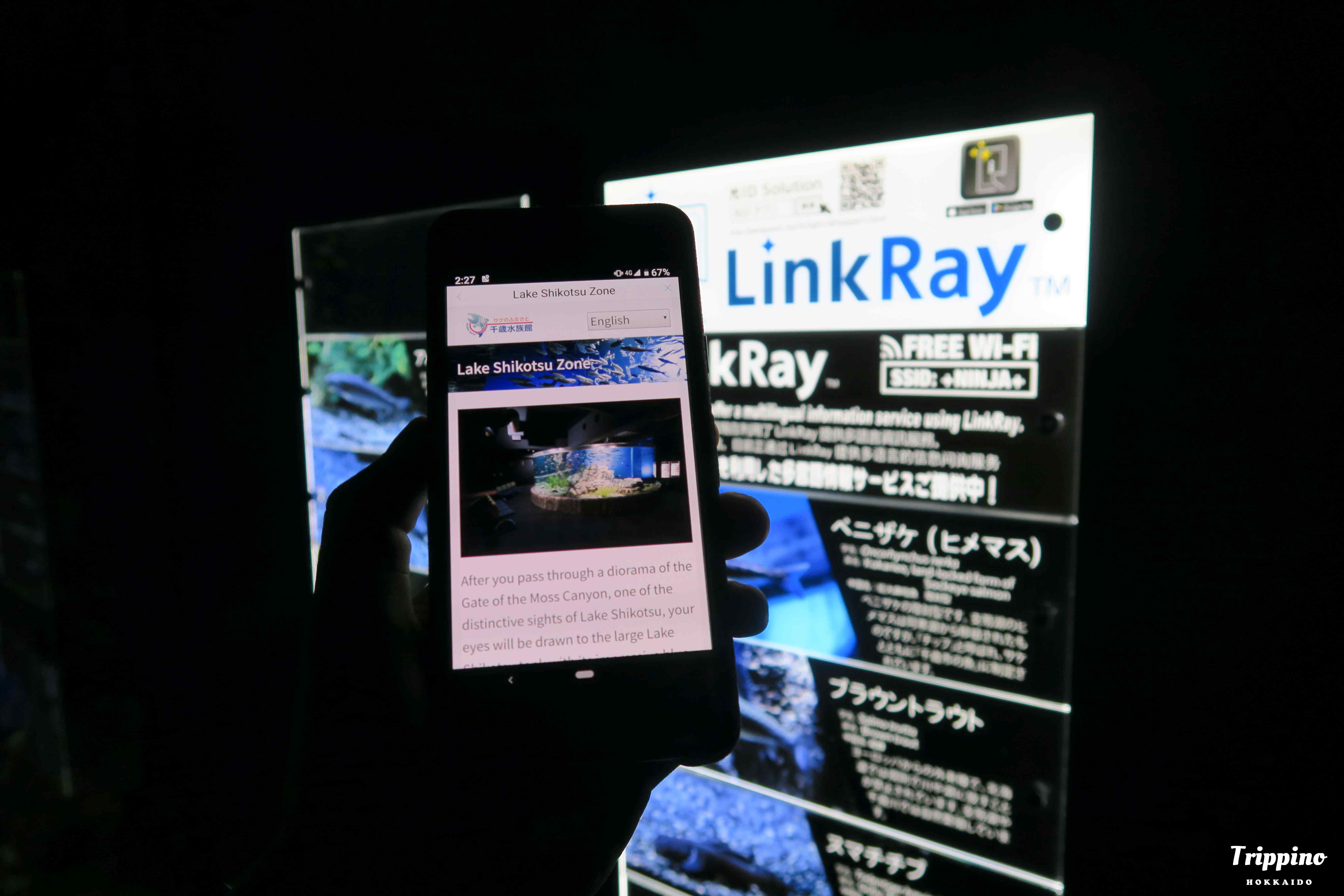
The museum is mainly split into two areas, a learning area towards the top where you can learn about history of salmon in Chitose and the anatomy of salmon, and the display area, where you can see the actual fish. Unfortunately, the learning area doesn’t have any translations, but if you understand some Japanese, the area is very interesting, with information on how salmon spawn are raised in facilities, or the different parts of salmon that are used in cuisine. There is even a machine that you can use to print out salmon recipes, which shouldn’t be problem with some Google Translate.
Heading down, there were a ton of different displays of different kinds of fish, not just salmon. Large sturgeon-like fish, baby salmon, Alaskan salmon, hime masu, there were more kinds of salmon than I could count! Moving onward was the experience area, which offered a touching pool, and even an area to try out real crayfish fishing, which was definitely a first for me. There was also a chance to experience how heavy an adult salmon weighs, though all I could think of was the amount meat I could eat from one fish… Moving onward, there were open air tanks and an area where you can feed fish, which is measured carefully to prevent the fish from overeating, so there is a limited amount of fish feed in the gacha machine a day. The koi that were mixed in with the salmon looked quite fat to me though.
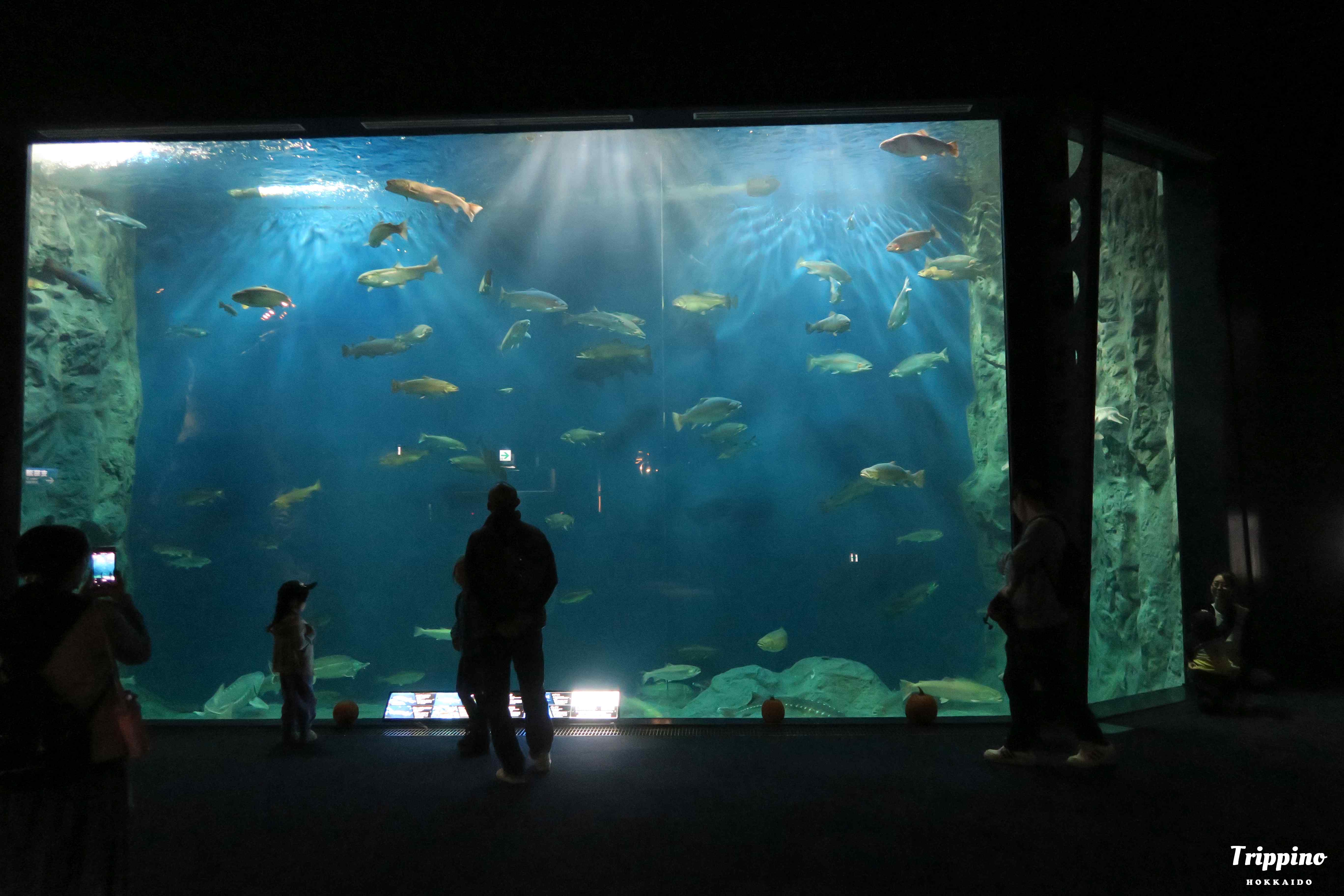
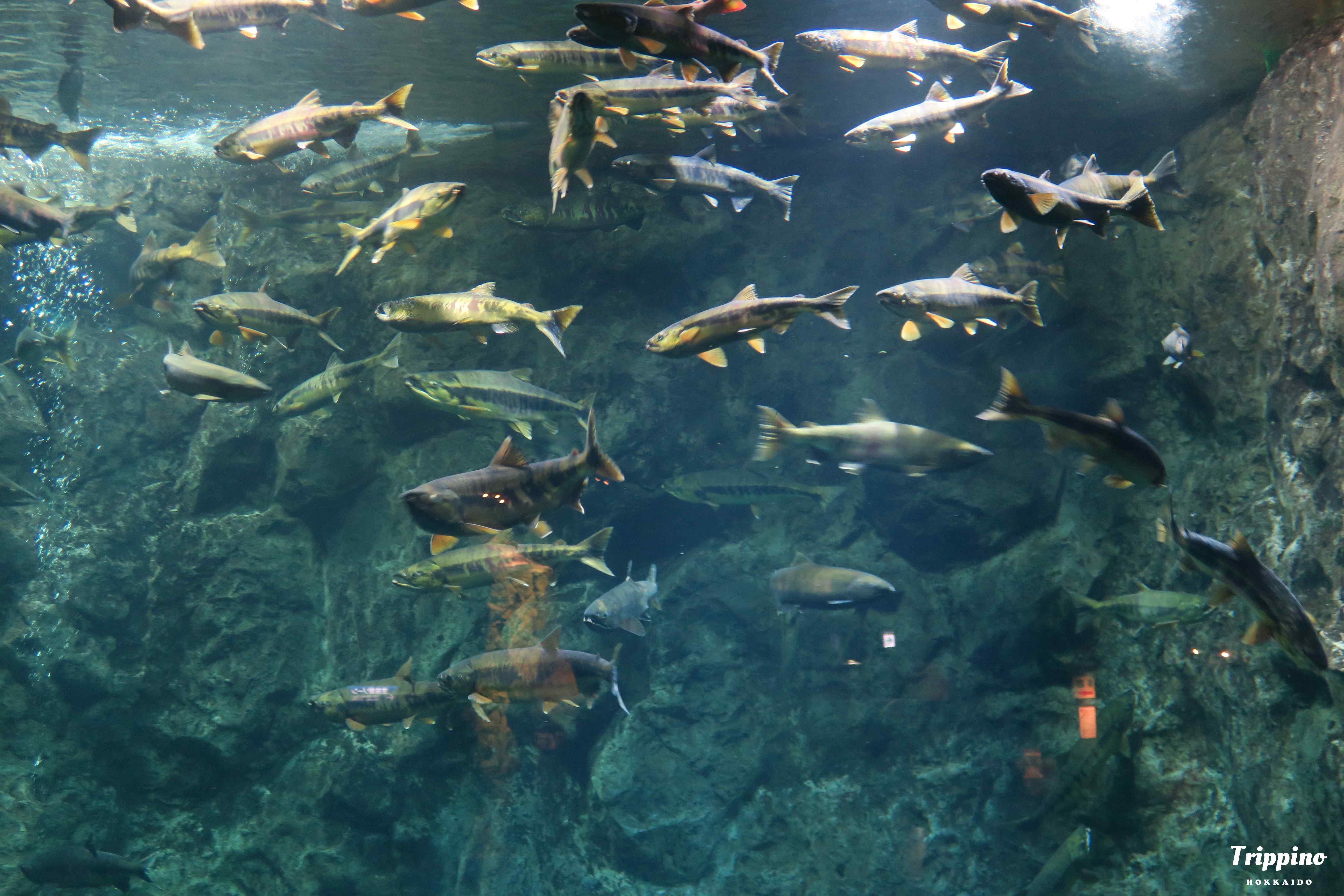
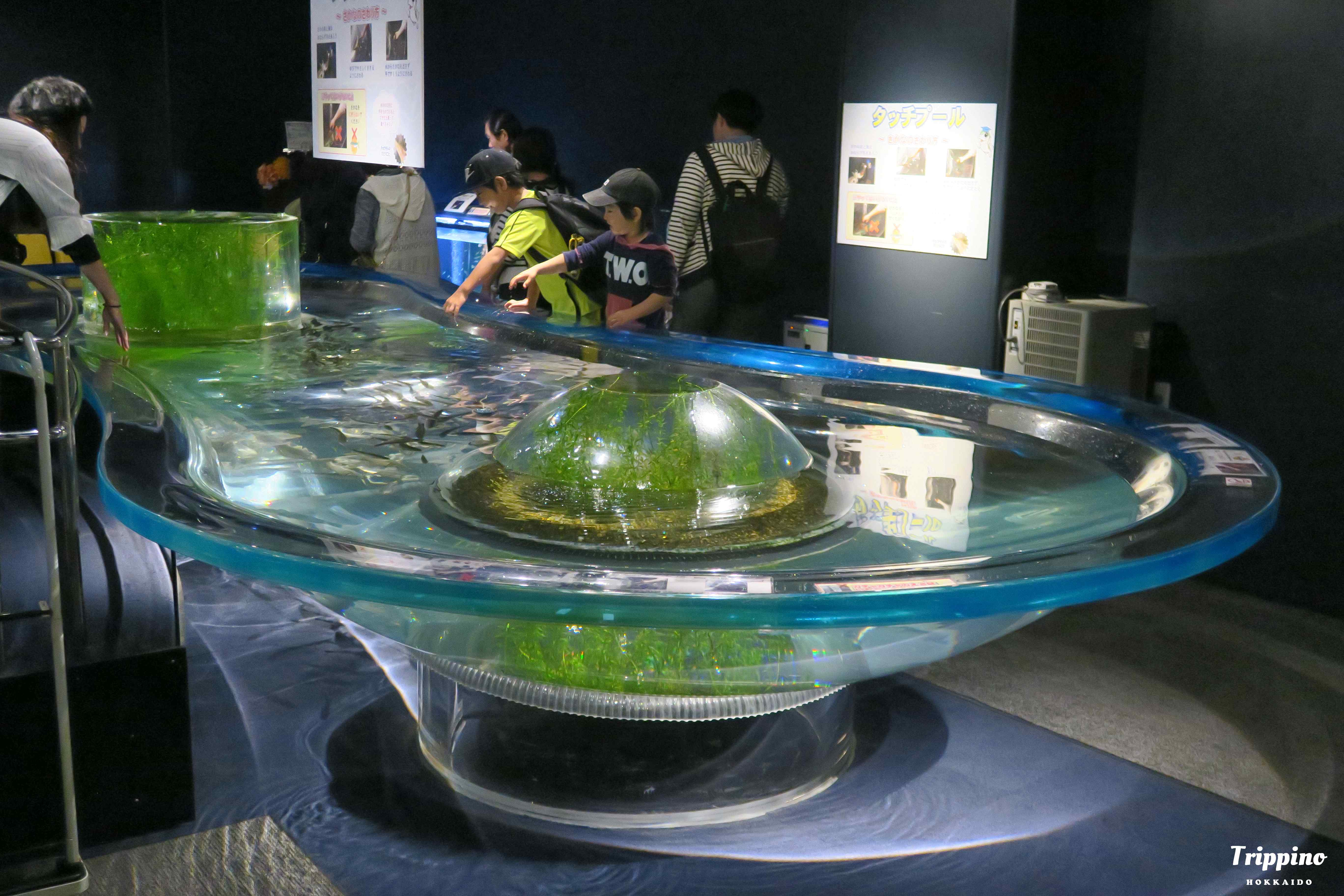
At the very end of the aquarium is perhaps the best and most unique part of the aquarium: the underwater display. Moving past the information video is a display which is affixed to the bottom of the Chitose River, where you can see the actual flow of the river and get up close to see the salmon as they swim by. The area was crowded with kids and adults alike, eager to see salmon. I was lucky enough to catch a larger salmon along with some smaller fish, but on the off chance there aren’t salmon on your visit, there are videos streams featuring some best-of of recent sightings and just how many salmon have passed through the area. Since I visited during the migration season, I was able to see salmon swimming up, though if you arrive in December, you might be able to experience the spawning season, so depending on when you visit, there is something different to look forward to.
After saying goodbye to Samon-kun, the mascot for the aquarium, I relaxed and took in the autumn air before heading back to Sapporo. As my luck would have it, the yakitori stand from before didn’t die down at all, I had to wait for a good 10-15 minutes to get my chicken. Not to worry though, I understood why the line was so long and the chicken was well worth the wait. There’s nothing like freshly grilled chicken on an autumn afternoon, and I regret only having gotten two sticks.
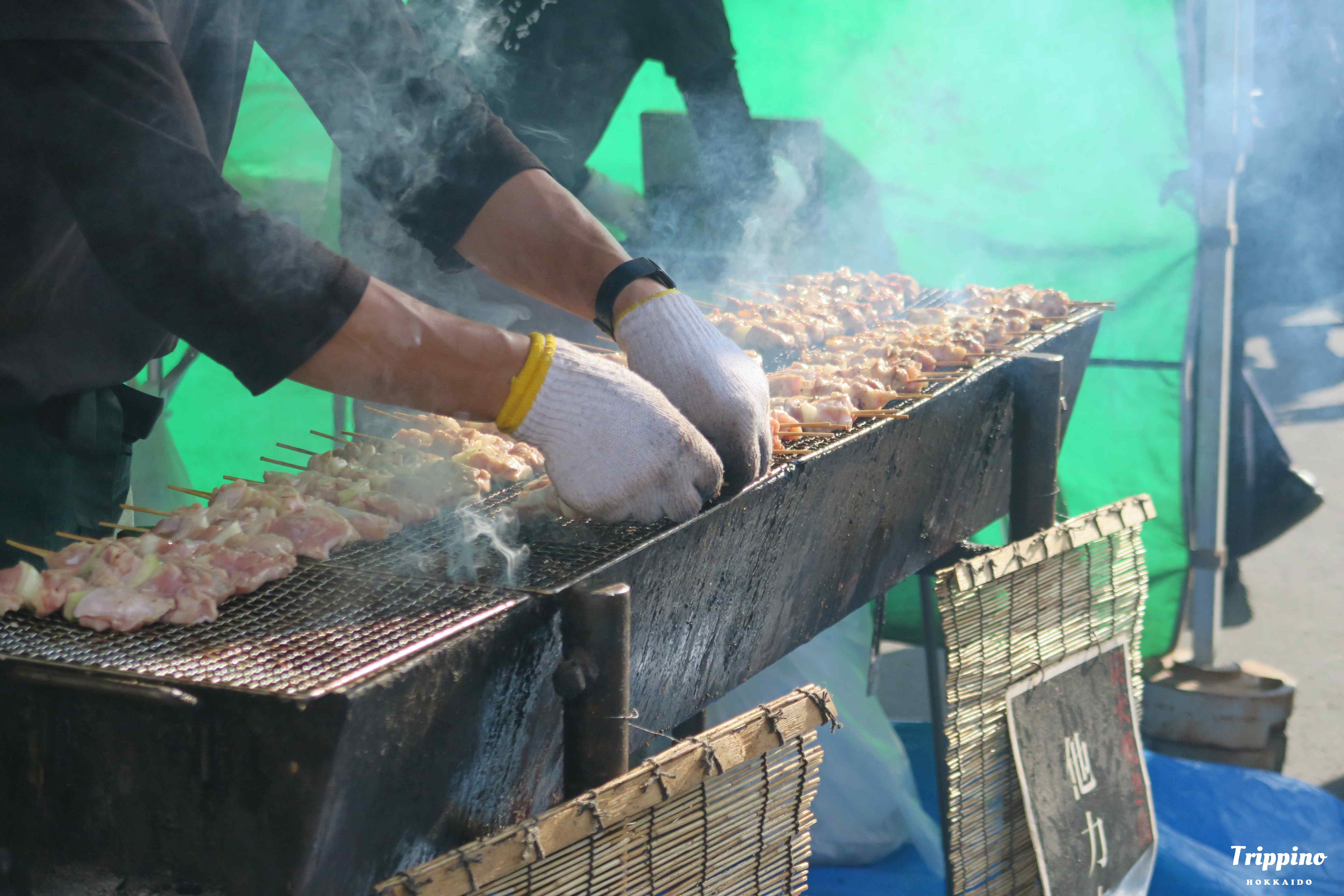
Despite how good the chicken was, I wasn’t here for chicken, I was here for salmon! Chitose didn’t seem to have any noticeable salmon restaurants, so it was back to Sapporo for dinner. While Chitose is a great place to see salmon in the wild, for those looking for a bite, you’re better off in Sapporo, where there are plenty of specialty stores that offer salmon dishes and souvenirs. North of Sapporo, Ishikari is also famous for some salmon dishes, especially the Ishikari Nabe, a hot pot full of tofu and fatty salmon, perfect to warm up to as the evening chill sets in. You’ll need a car to access most of the restaurants in Ishikari which are sort of out of the way, so Sapporo is a better bet.
Call me a what you will, seeing salmon migration made me have salmon roe, or ikura, on my mind for dinner. Making rounds on the internet for it’s hearty helping of ikura, Hachikyo is perhaps the most famous place to go for some good salmon dishes. Located in Susukino, Hachikyo has four branches all in the same area, all with a different atmosphere, so you can go regardless of the occasion. Make sure to reservation though, since despite having four shops, it’s essential to have a reservation if you want to get seats. I called the night before and was just barely able to get seats for 3 at the Anego branch, and it was for 6pm-8pm, right at opening. Arriving 10 minutes before the reservation and there were already plenty of people waiting outside, so be sure to call ahead of time!
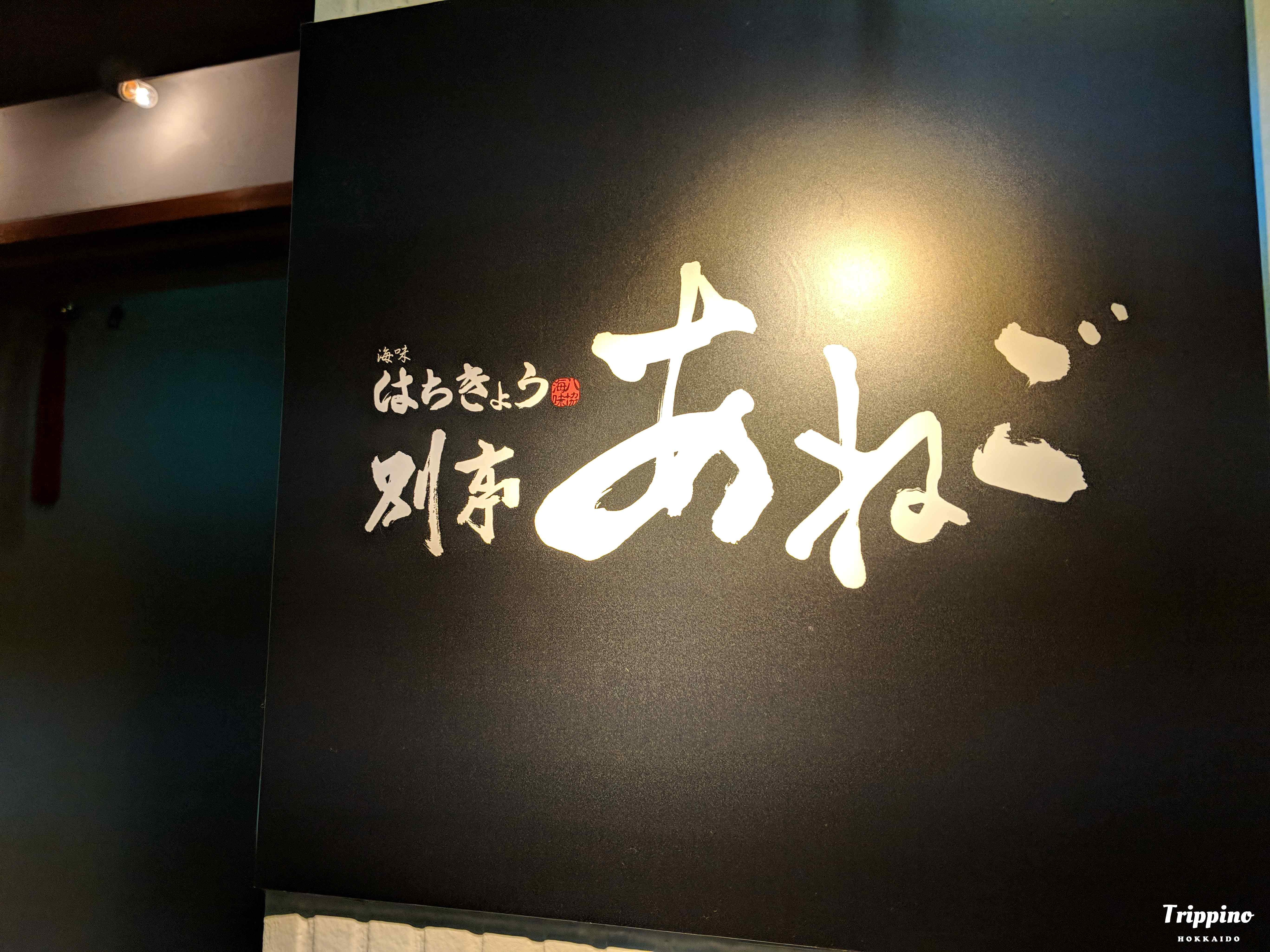
While the portions aren’t too overwhelming, make sure to go on an empty stomach or else! Hachikyo is famous for its tsukko meshi, which consists of a size of your choice rice and as much ikura as you want! The catch is that for respect to the fishermen and the people who prepare the food, if you leave and leftovers, even one grain of rice or a piece of ikura, you will be fined a pretty hefty 1,400 yen! Of course once you try the food, this won’t be problem, since I had to hold myself back from licking the bowl. For my dinner of two, I ordered a small bowl of tsukko meshi, grilled salmon, salmon sashimi, and two beers. As sort of a table charge, we also received two small appetizers which were adorned with these cute mini Hokkaido-shaped seaweed.
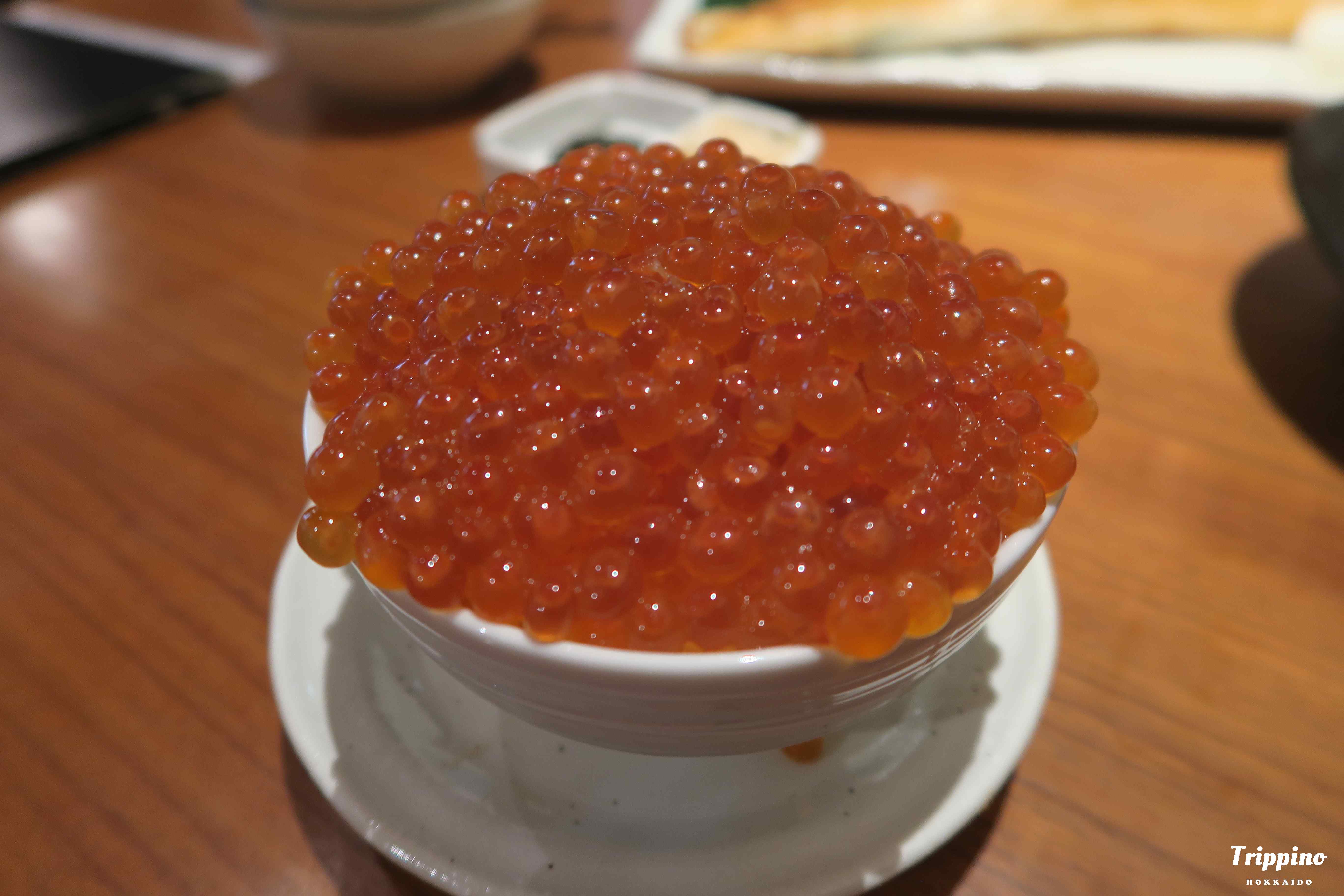
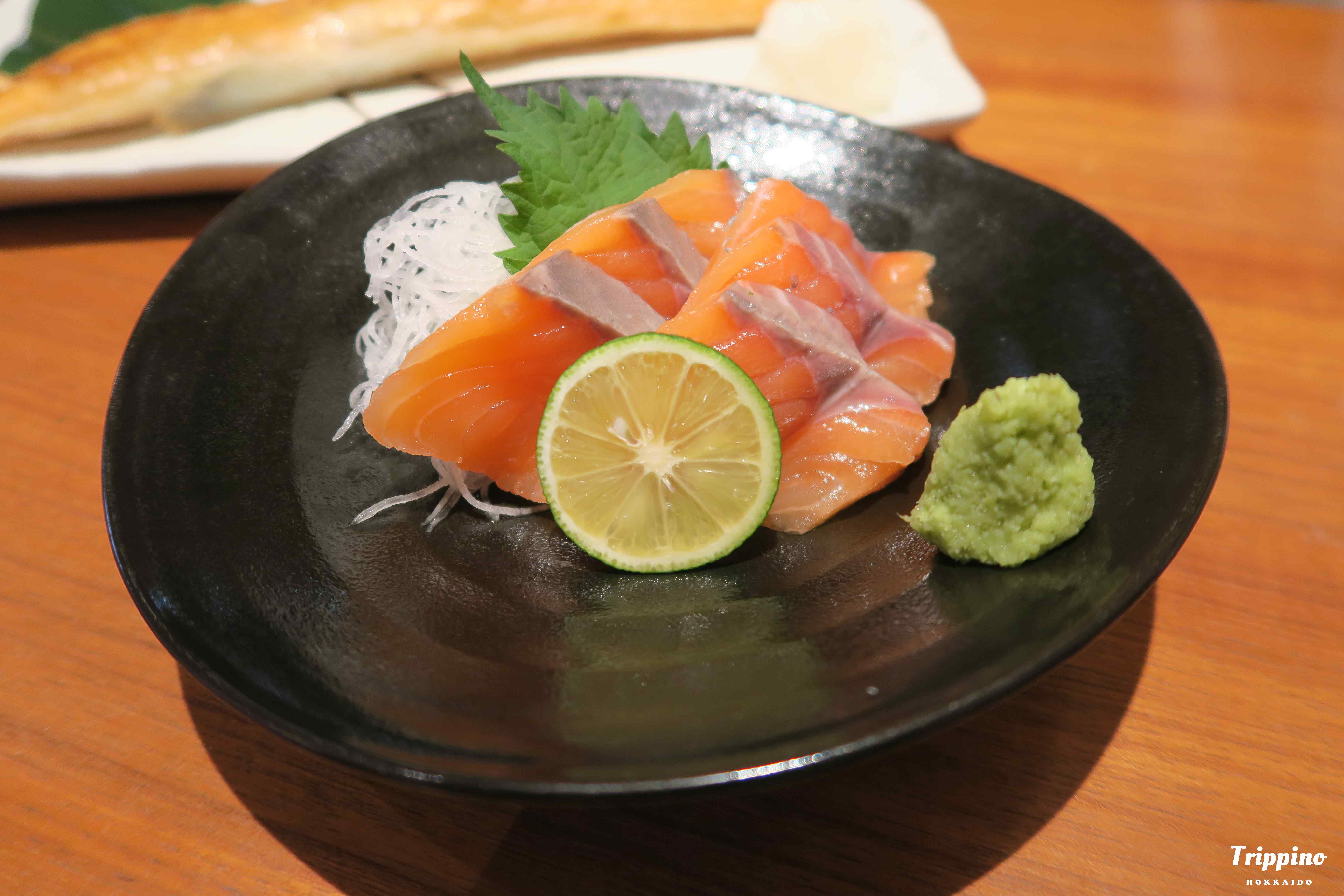
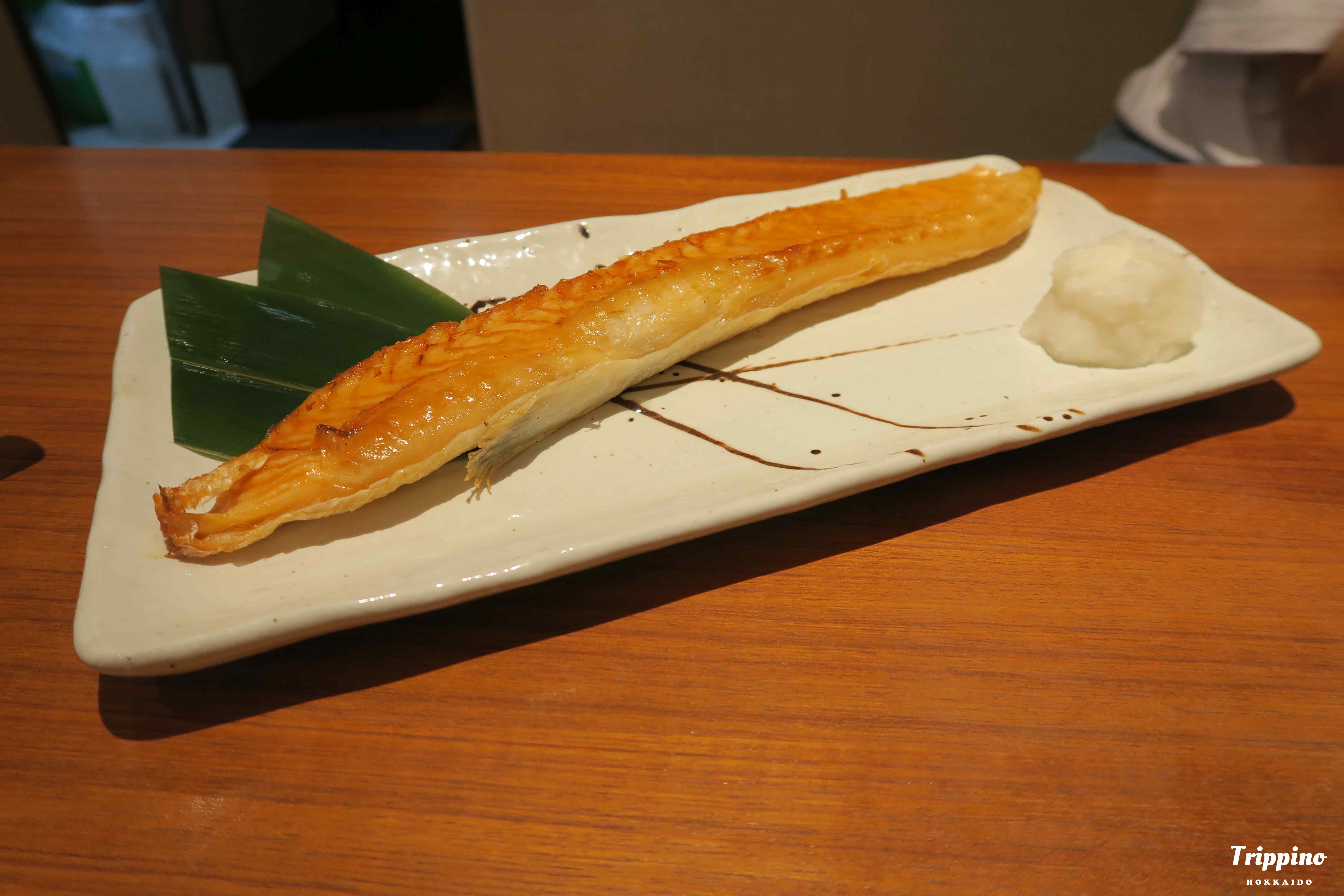
As a dining experience, I must say regardless of the price, it was a superb experience. The staff were extremely friendly and were happy to help explain things and answer our every needs. There was only one staff that was in charge of foreign languages, but everyone was eager to help in every way they could, and were happy to have chat up and have a conversation. The interior is also well lit and is able to maintain a good balance of a nostalgic fishing town with modern amenities and design, something that can’t be said for majority of izakaya and restaurants in Japan. Of course, the food was excellent, and the tsukko meshi, while expensive at 1,900 for a small bowl, is well worth the experience, as the staff poured scoopfuls of ikura onto the bowl while chanting “oisha, oisha” until the ikura was spilling on to the plate. It may sound a little cheesy at first, but it makes for a lively time with guests pulling out their phones and joining in on the energy on every order. The sashimi was fresh and the unique pairing of ichimi chili flakes as a recommendation from the staff. For me though, the absolute best was the grilled salmon, which is just salted and grilled until the skin is nice and creamy, with some grated daikon as a palette cleanser on the side. For 990 yen, it was a big helping certainly enough for two, just make sure to eat when it’s piping hot, a mistake I made since I was waiting for all my food to arrive for that candid shot.
The bill came out at 5,960 for a light meal for two, so don’t expect to have a value meal, though including the service, food, and atmosphere, is a worthy deal if you’re looking something nice, local, and not too touristy in town. Of course, if Hachikyo is outside your budget, there are plenty of other ways to enjoy salmon, with stores like Sato Suisan, located across the street from Sapporo Station, which features plenty of salmon and other seafood products and souvenirs to take home or try out, like a salmon riceball. For something extra special, restaurants near Lake Shikotsu offer Hime Masu, a special kind of salmon native to the area which is fished in limited quantities per year.
A special kind of fish, salmon begin life as freshwater fish and move out to the ocean, swimming hundreds of miles to other countries only to come back to their home for mating and spawning. With that considered, I suppose you could say salmon are an international fish, swimming many seas and visiting different parts of the world. Even if salmon doesn’t suit your tastes, they are certainly a unique fish, and as international travelers, in a way they are kin to us as well!
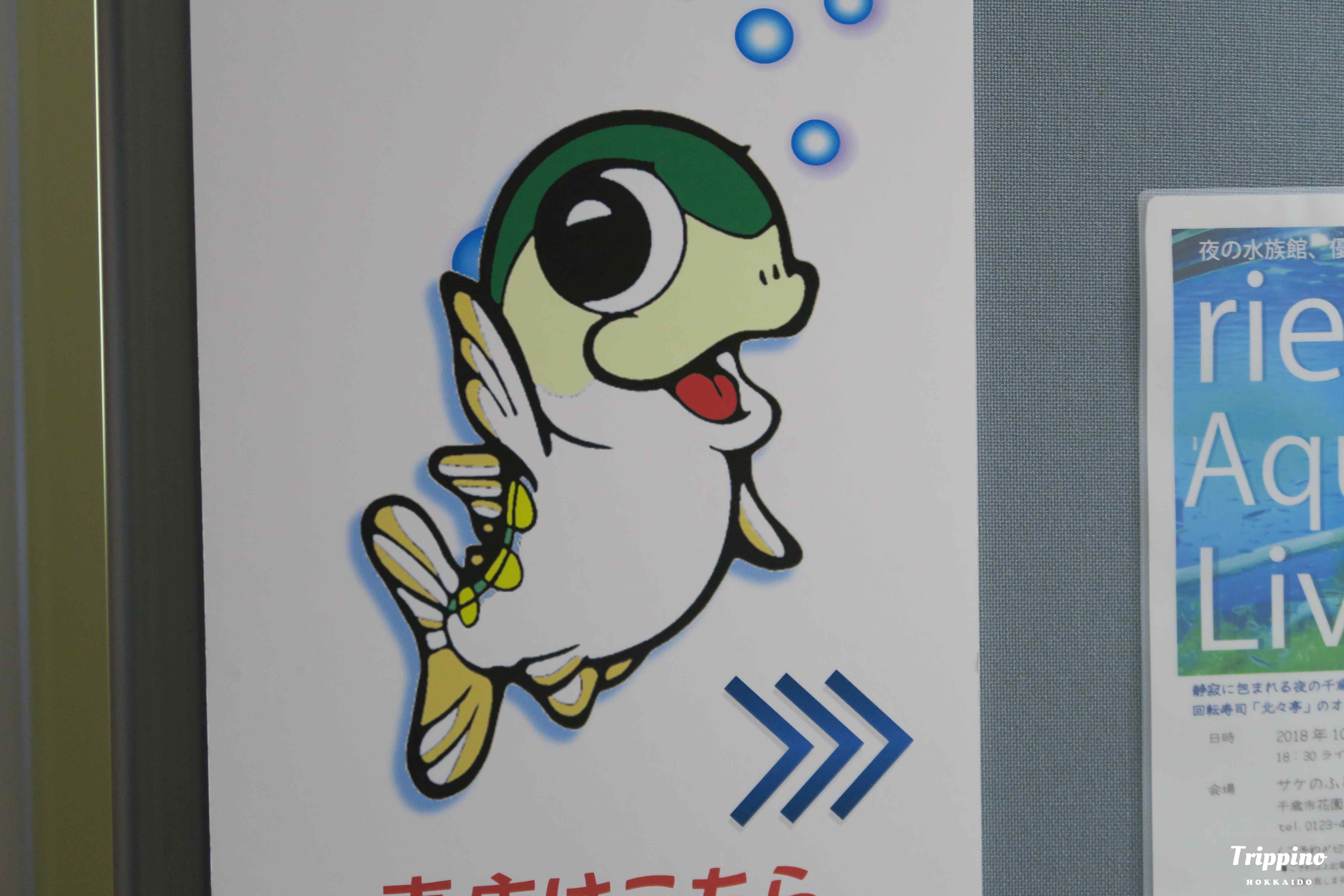
More info:
Salmon Sighting: http://www.sapporo.travel/choose/keywords/salmon-running/?lang=en
Sapporo Salmon Museum: https://salmon-museum.jp/english/e_index.html
Chitose Aquarium: https://chitose-aq.jp/
Hachikyo: https://www.hachikyo.com/en/menu
・
Discover Cool Things!
Trippino HOKKAIDO
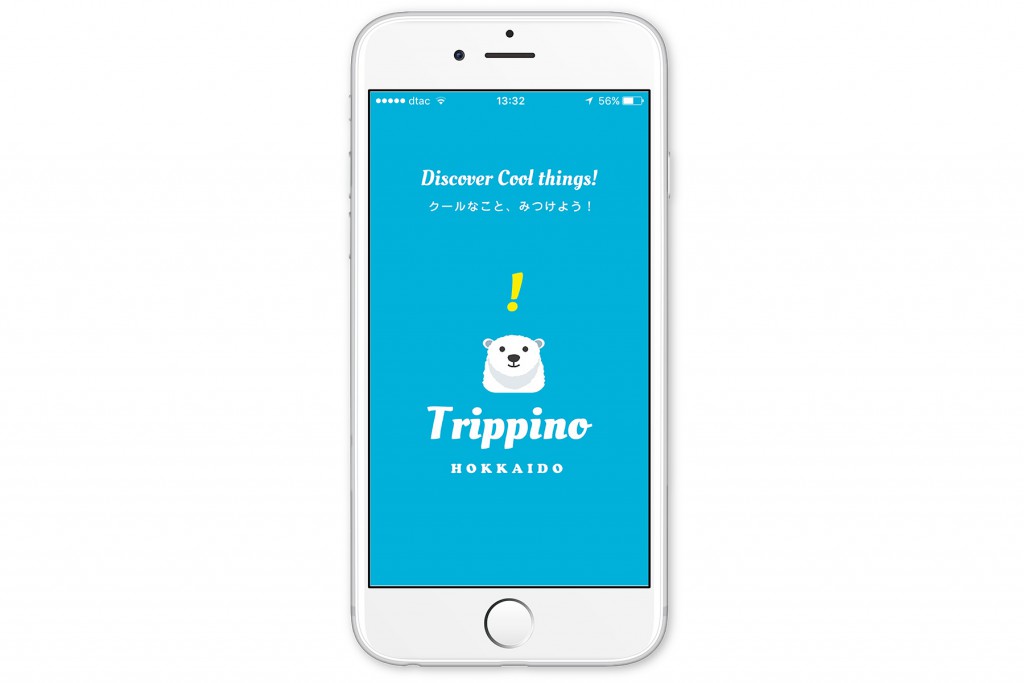
APP DOWNLOAD:
iOS : http://goo.gl/Qf5daP
Android : http://goo.gl/AxcjHG
NEXT RECOMMEND
-
Jun. 202017
The Hokkaido Jingu Festival – The largest summer festival in Hokkaido.
-
Mar. 192019
Craft Beer: Exploring the Frontier of Beers
Let's enjoy Hokkaido
PICK UP
Sep. 24 2025


